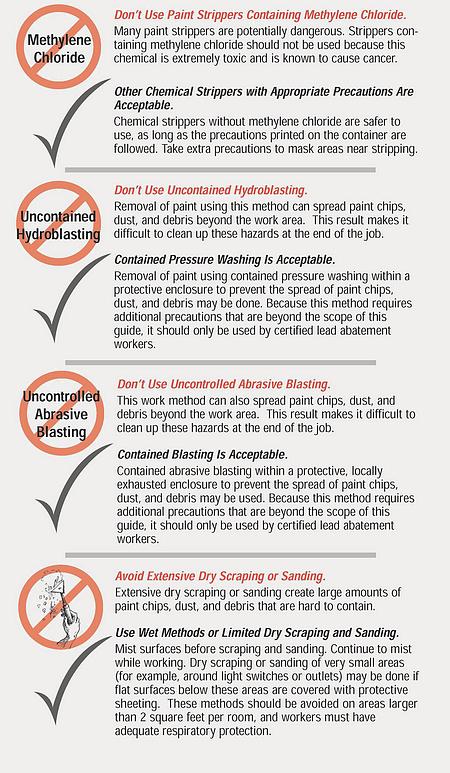 Senate moves to put off EPA RRP lead-paint violation fines
Senate moves to put off EPA RRP lead-paint violation fines
by JIM MYERS World Washington Bureau
Thursday, May 27, 2010
WASHINGTON - The U.S. Senate passed legislation Thursday to block fines temporarily under a rule that requires certification to remove lead paint in homes and certain facilities built prior to 1978.
 Sponsored by Sen. Susan Collins, R-Maine, the proposal was attached to a supplemental funding bill by a vote of 60-37.
Sponsored by Sen. Susan Collins, R-Maine, the proposal was attached to a supplemental funding bill by a vote of 60-37.
Senators later passed that spending bill and sent it to the House for further action.
In pushing her amendment, Collins accused the U.S. Environmental Protection Agency of botching implementation of the lead-paint rule, which took effect in April.
"I support the EPA lead-paint abatement rule. There simply is no question that we must continue our efforts to rid lead-based paint from our homes,'' she said.
"The problem is there still aren't enough EPA-certified trainers in place to certify contractors. As a result, contractors face devastating fines.''
Fines under the rule could be as high as $37,500 per day.
Collins' legislation would bar the EPA from using funds in the spending bill to levy fines.
"The intent of my amendment is to give small contractors and construction professionals more time to comply with the new rule,'' she said.
 For months, Sen. Jim Inhofe, R-Okla., has helped lead efforts on the EPA's implementation of the rule, which has sparked both concern and controversy in Oklahoma.
For months, Sen. Jim Inhofe, R-Okla., has helped lead efforts on the EPA's implementation of the rule, which has sparked both concern and controversy in Oklahoma.
"Today's vote shows there is overwhelming bipartisan concern about the disastrous implementation of EPA's lead-based paint rule,'' Inhofe said.
Citing what he called widespread confusion with the rule's implementation, he also called for the Senate Environment and Public Works Committee to hold a hearing on the matter.
Inhofe serves as the top Republican on that panel.
 Sen. Barbara Boxer, D-Calif., the chairwoman of the committee, argued against the Collins amendment. She spoke of the dangers of lead poisoning, especially to children, infants and pregnant women, and urged her fellow senators to reject Collins' effort to block enforcement of the rule.
Sen. Barbara Boxer, D-Calif., the chairwoman of the committee, argued against the Collins amendment. She spoke of the dangers of lead poisoning, especially to children, infants and pregnant women, and urged her fellow senators to reject Collins' effort to block enforcement of the rule.
"Let's not turn back the clock,'' she said. "Lead is poison.''
Boxer rejected arguments by Collins and others that the number of certified trainers was inadequate to provide the necessary classes for renovators and others. She said traveling trainers have been available to come in from out of state to offer the necessary training.
###

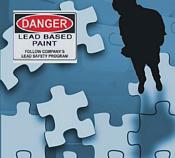 Looking for accurate information about the EPA RRP rule?
Looking for accurate information about the EPA RRP rule? 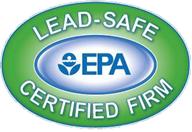 Here is the latest listing of EPA RRP Certified Firms as of May 19th, 2010
Here is the latest listing of EPA RRP Certified Firms as of May 19th, 2010 
 Please make sure you are informed regarding any of the opinions you share or accusations you might make at the hearing. If you express concerns or ask questions that are already addressed in the rule and or amendments, you will certainly lose credibility. If this were to happen, you might also compromise the efforts of others, particularly industry trade groups like EM NARI and or BAGB, if you identify yourself as a member of one of these associations at the hearing. That said I hope you will join those of us who want to help our industry make the best of this new reality by being a passionate and at the same time a professional voice at the hearing.
Please make sure you are informed regarding any of the opinions you share or accusations you might make at the hearing. If you express concerns or ask questions that are already addressed in the rule and or amendments, you will certainly lose credibility. If this were to happen, you might also compromise the efforts of others, particularly industry trade groups like EM NARI and or BAGB, if you identify yourself as a member of one of these associations at the hearing. That said I hope you will join those of us who want to help our industry make the best of this new reality by being a passionate and at the same time a professional voice at the hearing. The EPA has created a "Lead-Safe Certified Firm" logo available for use by Certified Firms who perform work under the EPA RRP Rule. Adding this logo to company materials such as websites, brochures, invoices, e-mail signatures, business cards, truck signage, job signs, etc. may give a contractor or renovation firm an edge over other companies who have not yet become certified (or who are not yet advertising that they are certified). Using the logo can also help spread the word to homeowners about the EPA RRP requirements and the need to protect their families from the potential dangers of lead paint.
The EPA has created a "Lead-Safe Certified Firm" logo available for use by Certified Firms who perform work under the EPA RRP Rule. Adding this logo to company materials such as websites, brochures, invoices, e-mail signatures, business cards, truck signage, job signs, etc. may give a contractor or renovation firm an edge over other companies who have not yet become certified (or who are not yet advertising that they are certified). Using the logo can also help spread the word to homeowners about the EPA RRP requirements and the need to protect their families from the potential dangers of lead paint.
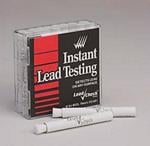 Recognized test kit means a commercially available kit recognized by EPA under Sec. 745.88 as being capable of allowing a user to determine the presence of lead at levels equal to or in excess of 1.0 milligrams per square centimeter, or more than 0.5% lead by weight, in a paint chip, paint powder, or painted surface.
Recognized test kit means a commercially available kit recognized by EPA under Sec. 745.88 as being capable of allowing a user to determine the presence of lead at levels equal to or in excess of 1.0 milligrams per square centimeter, or more than 0.5% lead by weight, in a paint chip, paint powder, or painted surface. 
 EPA recognizes that, when used by trained professionals, the
EPA recognizes that, when used by trained professionals, the 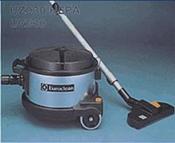

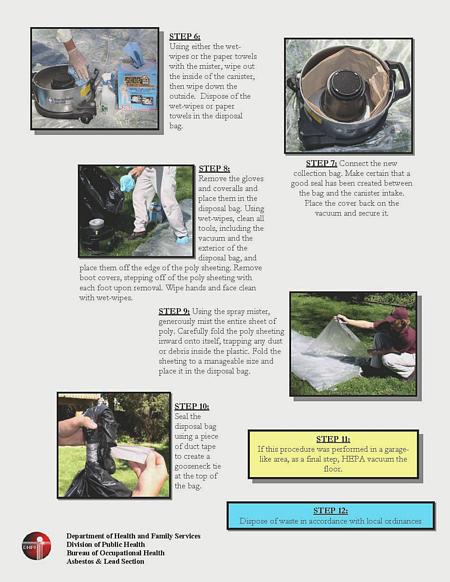

 On April 22, 2010. the EPA added an
On April 22, 2010. the EPA added an  "This final rule requires that, if dust clearance is performed in lieu of cleaning verification, the renovation firm provide a copy of the dust wipe sampling report(s) to the owner of the building that was renovated as well as to the occupants, if different. With respect to renovations in common areas of target housing or in child-occupied facilities, EPA is also requiring that these records be made available to the tenants of the affected housing units or the parents and guardians of children under age 6 using the child-occupied facilities. Dust sampling reports may be made available to these groups in the same way as training and work practice records, by providing information on how to review or obtain copies in individual notifications or on posted signs."
"This final rule requires that, if dust clearance is performed in lieu of cleaning verification, the renovation firm provide a copy of the dust wipe sampling report(s) to the owner of the building that was renovated as well as to the occupants, if different. With respect to renovations in common areas of target housing or in child-occupied facilities, EPA is also requiring that these records be made available to the tenants of the affected housing units or the parents and guardians of children under age 6 using the child-occupied facilities. Dust sampling reports may be made available to these groups in the same way as training and work practice records, by providing information on how to review or obtain copies in individual notifications or on posted signs."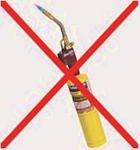
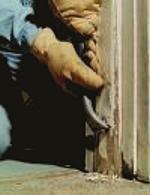 Note: The final rule does not prohibit or restrict the use of dry hand sanding or dry hand scraping. EPA has concluded that it is not necessary to prohibit or restrict dry hand sanding or dry hand scraping because the containment, cleaning, and cleaning verification requirements of the rule are effective at minimizing exposure to lead-based paint hazards created by renovations and the migration of dust-lead hazards beyond the work area when dry hand sanding or dry hand scraping is employed.
Note: The final rule does not prohibit or restrict the use of dry hand sanding or dry hand scraping. EPA has concluded that it is not necessary to prohibit or restrict dry hand sanding or dry hand scraping because the containment, cleaning, and cleaning verification requirements of the rule are effective at minimizing exposure to lead-based paint hazards created by renovations and the migration of dust-lead hazards beyond the work area when dry hand sanding or dry hand scraping is employed.
